 The requirements for business processes are becoming increasingly complex. Companies are struggling with market disruptions, long lead times, supply chain disruptions and growing product portfolios, for example through the parallel production of combustion engines and electric vehicles. Demanding customers, for whom not only product quality but also individual configurability and delivery capability play an important role in the purchasing decision, are putting additional pressure on the company. Under VUCA conditions, the end-to-end (E2E) optimization of processes takes on a special significance: the E2E perspective looks at the entire sequence of a business process that is necessary to meet customer needs. A look at the overall process reveals bottlenecks, process breaks and other inefficiencies to identify potential for improvement. In the second part of our series, we look at order execution and consider all process steps from the quotation phase to order receipt and production through to delivery and invoicing.
The requirements for business processes are becoming increasingly complex. Companies are struggling with market disruptions, long lead times, supply chain disruptions and growing product portfolios, for example through the parallel production of combustion engines and electric vehicles. Demanding customers, for whom not only product quality but also individual configurability and delivery capability play an important role in the purchasing decision, are putting additional pressure on the company. Under VUCA conditions, the end-to-end (E2E) optimization of processes takes on a special significance: the E2E perspective looks at the entire sequence of a business process that is necessary to meet customer needs. A look at the overall process reveals bottlenecks, process breaks and other inefficiencies to identify potential for improvement. In the second part of our series, we look at order execution and consider all process steps from the quotation phase to order receipt and production through to delivery and invoicing.
Results from ConMoto-projects
On Time Delivery increased by 8-15%
Throughput time reduced by 15-30%
Personnel efficiency increased by >15%
E2E optimization in practice
The E2E optimization of order processing offers significant potential: In typical projects ConMoto was able to reduce throughput times by 15 to 30 percent, increase on-time delivery by eight to 15 percent and increase personnel efficiency by more than 15 percent. To leverage this potential ConMoto has developed a standardized and pragmatic approach that can generally be implemented purely with on-board resources and without costly investments (e.g., adjustments to the IT systems) can be implemented:
 At the beginning of the project boundaries (start/end point) of the end-to-end process must be clearly defined. In the context of the order processing process these are typically the preparation of quotations and invoicing. In the next step the overall process is divided into meaningful subsections (see illustration). Each section ends with a “checkpoint”. Checklists are defined for these checkpoints, which clearly summarize the deliverables of the respective process stages. Detailed process descriptions in swimlane format describe the processes and responsibilities for delivering the deliverables. In addition an E2E performance management system is being established that provides a standardized database and KPIs for all process participants. Deviations, bottlenecks and risks can be identified at an early stage and managed effectively.
At the beginning of the project boundaries (start/end point) of the end-to-end process must be clearly defined. In the context of the order processing process these are typically the preparation of quotations and invoicing. In the next step the overall process is divided into meaningful subsections (see illustration). Each section ends with a “checkpoint”. Checklists are defined for these checkpoints, which clearly summarize the deliverables of the respective process stages. Detailed process descriptions in swimlane format describe the processes and responsibilities for delivering the deliverables. In addition an E2E performance management system is being established that provides a standardized database and KPIs for all process participants. Deviations, bottlenecks and risks can be identified at an early stage and managed effectively.
Effective change management is set up in parallel to work processes. Production output is critically reviewed in regular workshops with all stakeholders across all divisions.
A successfully optimized end-to-end process can be managed according to the principle of the inverted pyramid for agile leadership: Employees are maximally empowered to independently manage the processes and any deviations that occur. Management supports employees, provides guidance and can be consulted in case of an an escalation. In addition, the end-to-end approach ensures the necessary scalability, flexibility and agility along the entire process chain to be able to react to changes at short notice and across divisions. The shared perspective means that everyone involved pursues a common goal: the fulfillment of the promise to the customer and customer satisfaction.
The success factors of E2E projects
- Defined checkpoints with clear responsibilities and deliverables
- E2E performance management with a standardized database (single source of truth)
- Effective change management through regular workshops with all relevant stakeholders
E2E optimization: the opportunity for higher performance
Improve your company’s performance now.
We will talk to you without obligation about the possibilities for leveraging optimization potential.



 Deutsch
Deutsch